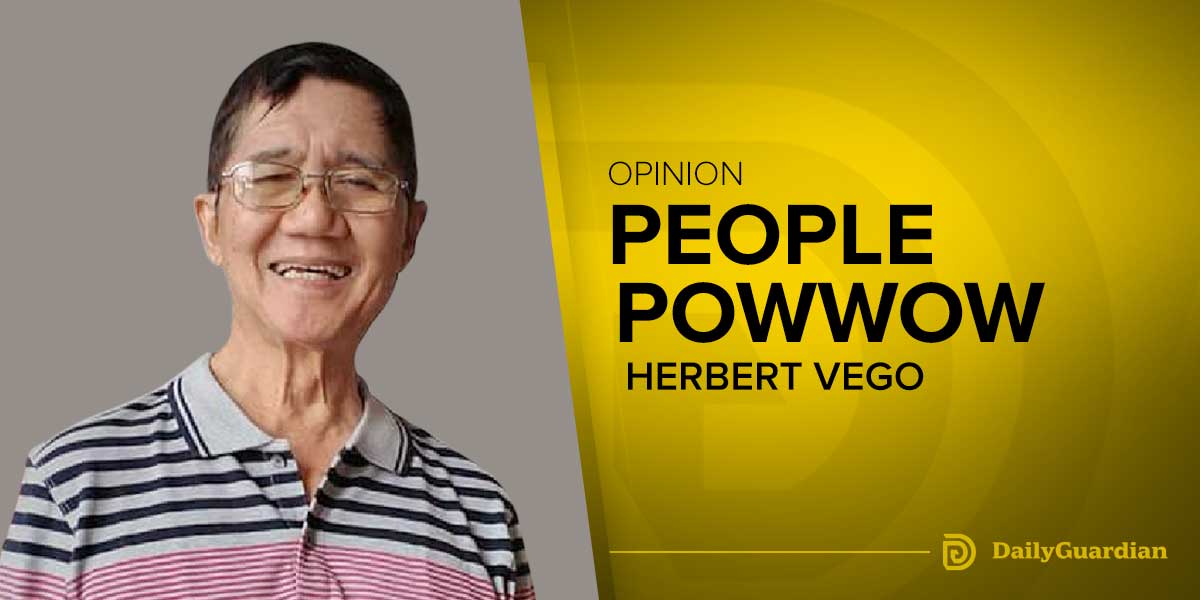By James Jimenez
In less time than it takes to say it, Christmas season will be upon us, and we will all be scrambling to find the perfect Christmas tree for our living rooms and, for some people tethered to their occupations, for their work spaces. But before that time comes, and even as Mariah Carey and Jose Mari Chan start their seasonal takeover of our airwaves, let us take the time to see to a different kind of tree – one that is decidedly less festive, but infinitely more critical to our democratic way of life. I am speaking, of course, of the Decision Tree that will help us figure out who to vote for in the 2025 National and Local Elections.
How it used to be
I joined the Commission on Elections around 2001, at about 28 years old. This means that I turned 18 in 1991 and voted for the first time the year after – the Presidential elections of 1992. My most indelible memory of the 1992 elections was standing next to a Meralco pole outside my school and thinking that the posters on it made the thing look dirty. So, I started peeling off the paper – it was a Miriam Defensor Santiago for President poster – when I was suddenly accosted by a stranger and told to stop. Seeing as how the stranger was holding a wet broom, dripping with the rice slurry mixture they used to paste the posters onto things, I decided that discretion would be the better part of valor and backed off. Safe behind the walls of my school once again, I regretted my decision, and in my mind, for the very first time, I formed an opinion about who I would vote for, and it wasn’t MDS.
Unfortunately, that was the only position I had any strong opinions about, and only because of childish pique, arising from an unfortunate run-in with a hired worker who was only doing his job. About the other candidates for President, I had only the shallowest of notions: Fidel Ramos was in EDSA; Danding was Cory’s relative; Mitra was the guy with the beard; Imelda was, well, Imelda; Jovito Salonga was old; and Doy Laurel was a dangerous activist – that last one, a lingering product of years of Martial Law propagandizing.
My vote, when I finally put pen to paper, was therefore less the product of an intelligent decision-making process, and more of a knee-jerk reaction based on an emotional response. In other words, I had no idea what I was doing.
In my defense, I can only plead that even if I had wanted to know more about the candidates, I had no easy access to information. There was no way to systematically review their track records, for instance, and whatever information we had about the professional and personal lives of these people, let alone their positions on various issues, was limited to the information that newspapers saw fit to print. And unless you were a member of some activist organization, you simply would not have been exposed to anything but the blandest, most anodyne, background information.
Things are different now.
With so much information easily available to even the most casual of observers, there is no longer any justifiable reason for any voter in 2025 to plead ignorance, as I might have done back in 1992. The danger now is the exact opposite: information overload.
How it’s going
I used to be a movie buff until I subscribed to a streaming service. All of a sudden, I had all these movies and television series at my fingertips. At first, I was overjoyed, thinking that I would be spending hours just vegging out in front of my laptop. As it turned out, I went from watching more movies than I ever had up to that point, to spending hours not being able to figure out to watch, to finally not even bothering to look at all.
Access to information is an excellent thing, but having too much of it – being bombarded by news, social media posts, advertisements, and interviews – it can all get a bit much. And with so much competing for their attention, there is a very real danger of voter exhaustion and, ultimately, disengagement. When that happens, voters once again – as I was in 1992 – predisposed to making superficial choices based on name recognition, popularity (or notoriety) or emotional appeals.
In such an environment, I suggest adopting a more systematic approach to choosing who to vote for – an approach that will make sure you don’t ignore critical issues or miss essential aspects of a candidates’ platform or track record; one that doesn’t diminish the quality of your democratic participation, but instead puts you on the track to voting on the basis of informed-decision making; one that helps you get the most out of the information you’re already drowning in anyway.
(To be concluded)





















